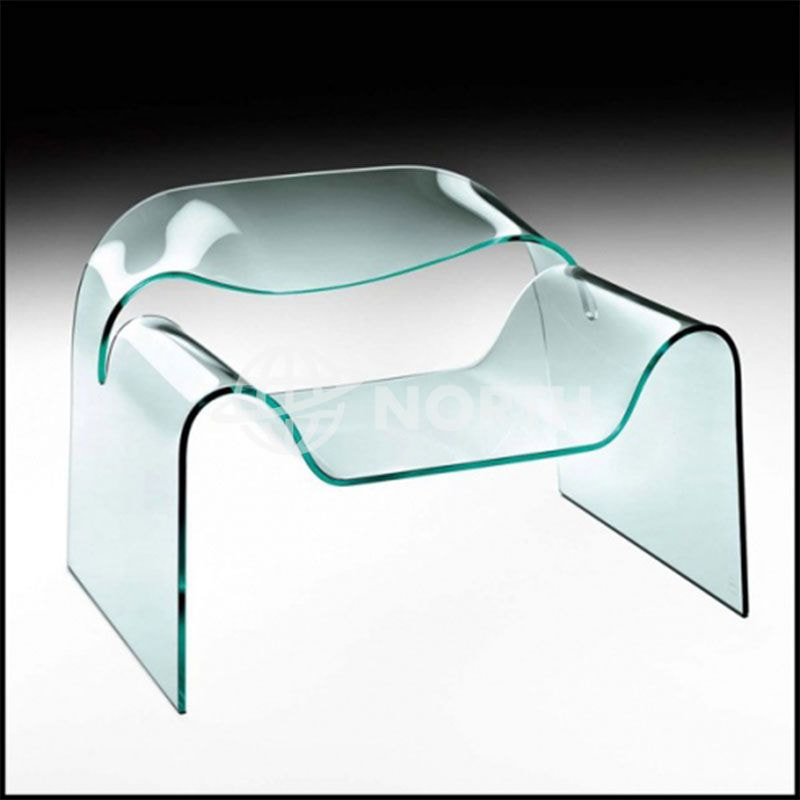Difference between Laminated Glass and Tempered Glass
https://www.chinanorthglass.com/news-difference-between-laminated-glass-and-tempered-glass.html
When designing interiors it is important to understand the difference between laminated and tempered glass. This will help you create functional design solutions and make cost effective decisions.
What tempered glass and laminated glass have in common
Both tempered and laminated glass are so-called safety glass. These types were invented to prevent injuries caused by broken glass. Various building codes specify that safety glass should be used when the glazing is large and close to a walkway or floor.
In all these cases, the glass is more likely to be impacted and broken. When annealed (ordinary) glass breaks, it produces long, sharp shards that can injure people nearby. When any type of safety glass breaks, it remains relatively harmless.
What makes the difference
The core difference between tempered and laminated glass is the way they are produced. The technology determines their cost and key characteristics.
Tempered glass is a single piece of annealed glass. After tempering (heat treatment) it becomes safety glass. During the process, the inner layer is subjected to tension and the outer layer to pressure, making it more durable.
Tempered glass characteristics.
This glass is very difficult to break; it has the most fragile edges.
When tempered glass breaks, it shatters into inch-sized pieces with no sharp edges.
It cannot be repaired after damage.
It provides high wind resistance.
Laminated glass consists of two layers of glass and a plastic layer. The glass layer can be plain glass or tempered glass. The plastic layer is PVB (or polyvinyl butyral). It is transparent, flexible, tough and can be bonded to a wide range of materials. Lamination occurs when all three layers are heated under pressure.

Characteristics of laminated glass.
It may break, but its pieces stick to the plastic layers and stay together.
It absorbs 95-99% of UV radiation.
It blocks higher frequency sounds (e.g. children's voices or whistles).
It can repair scratches.
Its plastic layer can be coloured.
Tempered glass is several times stronger than laminated glass and is less likely to break (about 5-10 times stronger than ordinary glass). However, laminated glass can have a layer of tempered glass, which makes it even stronger.
Laminated glass is 3-4 times more expensive than tempered glass. This is the main reason why laminated glass is less commonly used in residential buildings.
Uses
Laminated glass is most commonly used for the security of commercial buildings, while tempered glass is used for the security of houses and flats.
Laminated glass is therefore used in doors, walls and windows in shopping centres and office buildings to protect against break-ins and blasts, and to provide high levels of sound insulation. In addition, laminated glass is used in glass roofs because of its excellent UV protection. Glass floors and balustrades are also made of laminated glass. The plastic between the glass panes creates a barrier against bad weather and intruders.
Tempered glass is used in domestic doors and large windows, room dividers, storm doors, shower doors, baths, stairs and lifts. If you are looking for interior glass with a high level of security, this is the best choice.

Comments
0